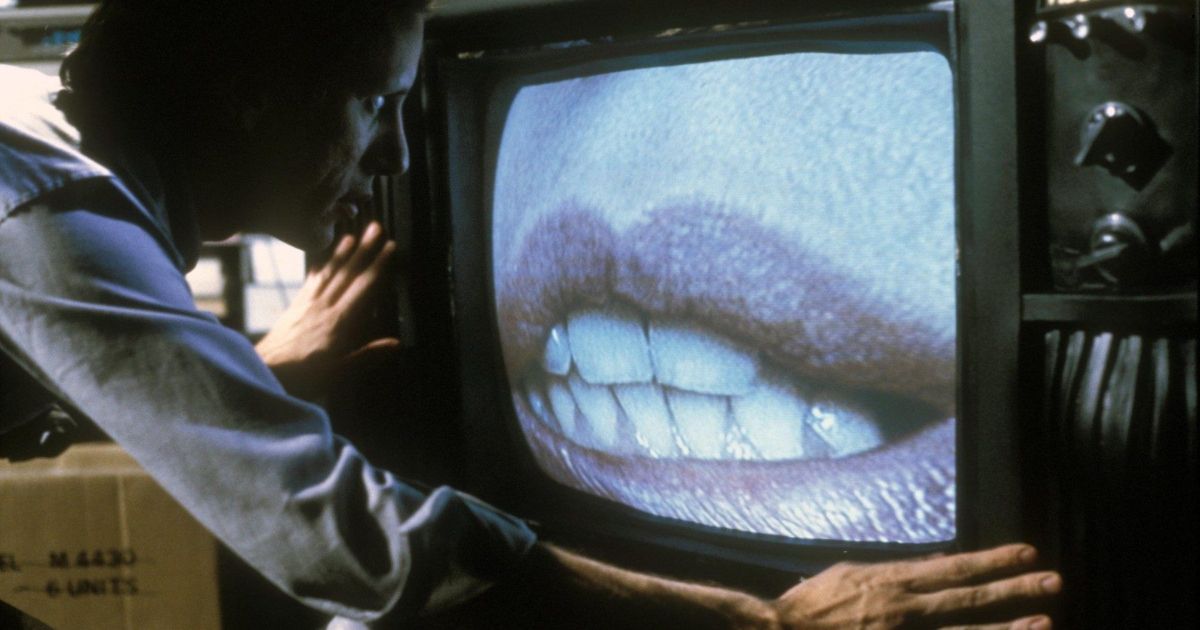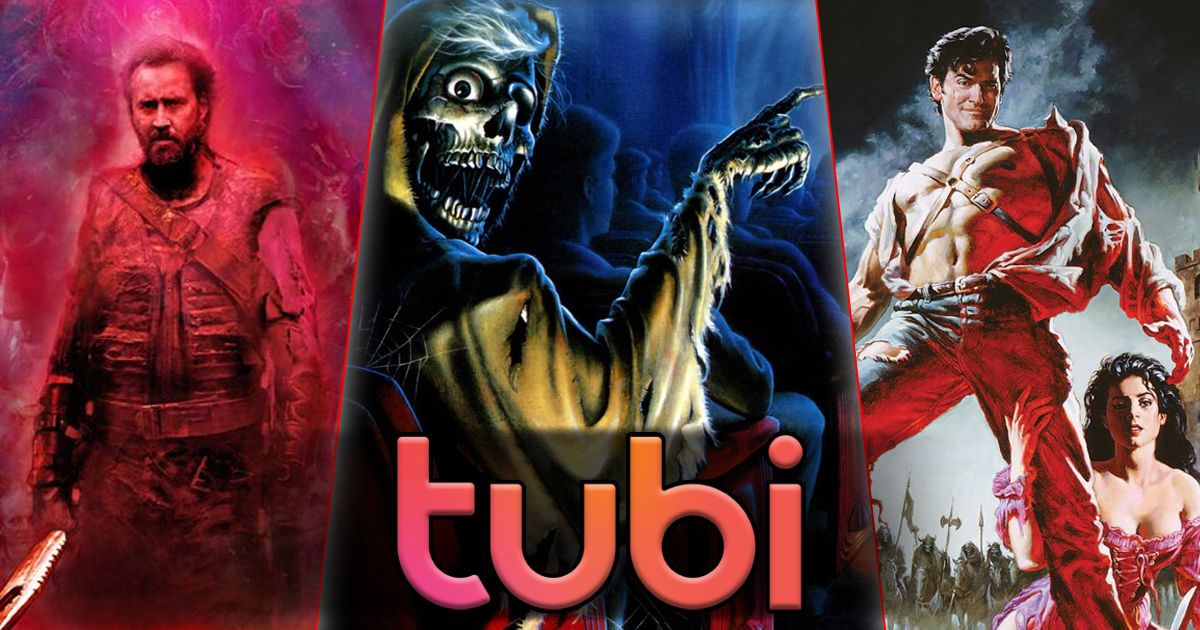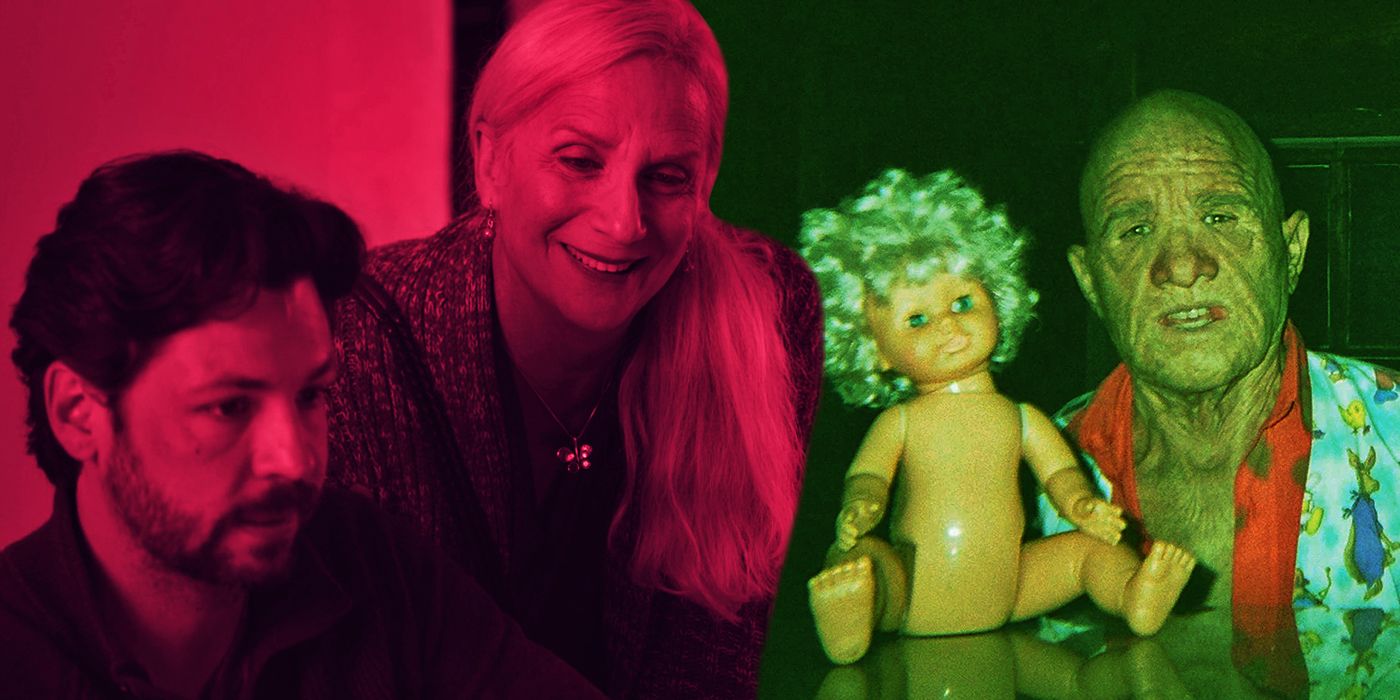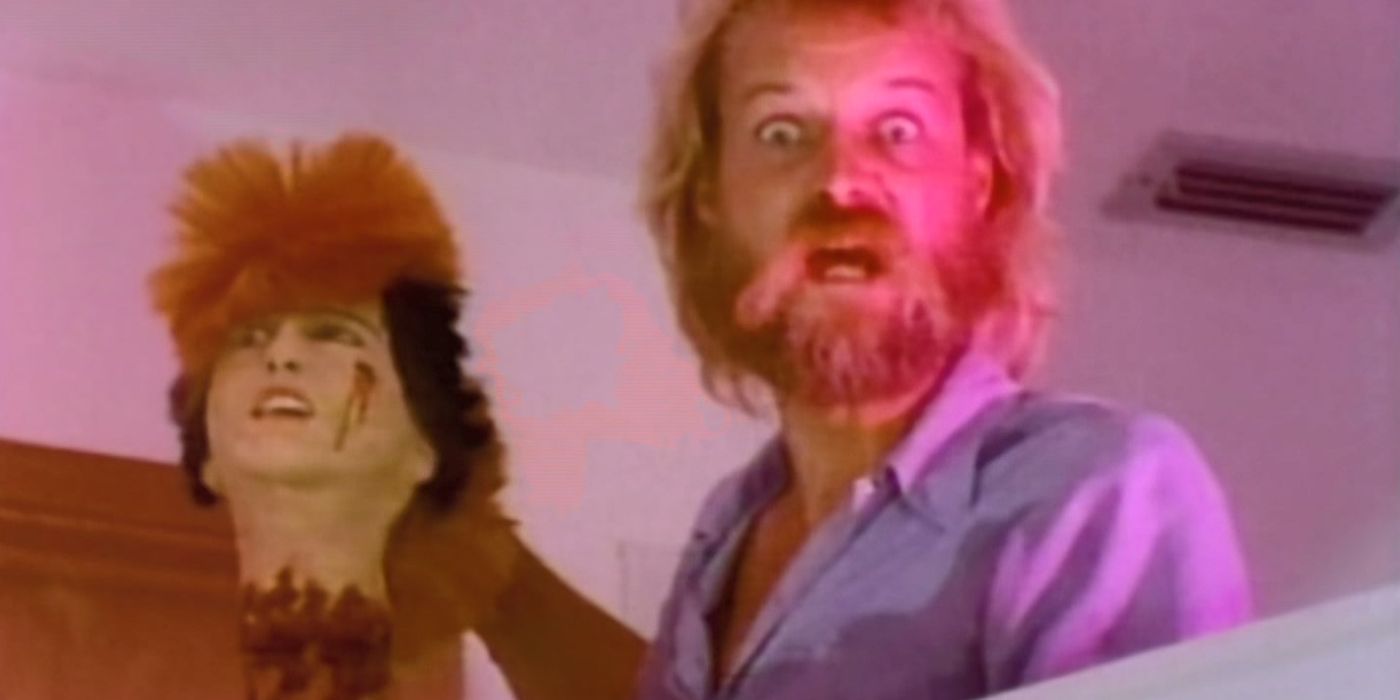Summary
- Shot-on-video movies have gained a new appreciation due to the internet and the interest in outsider and fringe cinema.
- The roots of shot-on-video movies can be traced back to the availability of camcorders and consumer-grade equipment in the 1980s.
- The genre has evolved and continues to be embraced by new filmmakers who either use the shot-on-video aesthetic or pay homage to it in their work.
Shot-on-video movies have become an often overlooked aspect of the medium’s history, with many of the early purveyors making shock content on shoe-string budgets for small audiences, usually made with ‘home movie cameras’ with friends in starring roles. However, as the internet has allowed for a renewed interest in all manners of outsider and fringe cinema, there has been a new appreciation for those who started working in the genre and an interest in cult-film distributors in unearthing forgotten treasures. For fans of the SOV cinema of the ’80s through the ’90s, it has never been a more prosperous and exciting time to delve into the micro-genre.
At the same time, the genre has grown, and some aspects have been adopted by a wide range of indie and arthouse filmmakers, showing the staying power of the SOV aesthetic. We will look at the medium’s history, from its humble roots in the backyards of teenagers and the homes of aspiring directors to its prominence today among the cult and arthouse crowd.
The Roots of Shot-on-Video Movies
While one could make sweeping statements about the importance of SOV cinema, its roots are rather grounded in a simple truth. The availability of camcorders and consumer-grade equipment put the ability to film in everyone’s hands. Notably, the release of Sony’s professional-grade Betacam and consumer-grade Betamovie camcorders in 1983, followed by brands like JVC, harbored a new era of consumerism and obsession with the home movie that stayed prevalent for decades to come.


The Best Indie Movie of Every Year in the 80s
The 80s represent a period of intense nostalgia and joy, with incredible indie movies such as Heathers and Dangerous Encounters of the First Kind.
Of course, others went beyond just creating movies intended for family sharing. They began to place themselves in the director’s chair, paying homage to their favorite movies or just figuring out how to impress their friends or make them laugh. Given the boom of camcorders and SOV cinema, which started in the ’80s, many early embraces were teenagers who took naturally to the things they loved to see on the screen. Consequently, early SOV cinema came from young people attempting to make horror and action movies.
It was a fascinating time for cinema, one in which people worldwide were working toward unknown cult stardom, including the likes of two brothers from Pennsylvania who were slowly building their horror empire.
The Early Pioneers of Shot-on-Video Movies
SOV cinema has a few significant and notable names, but among all of them, it is hard not to point at the Polonia Brothers. Born in Pennsylvania, the brothers would begin making films while still attending high school, with their first film, Church of the Damned (1985), following two cops trying to solve a series of satanic murders in their town. However, the brothers would go on to see success with two subsequent works, the gross-out gore-fest Splatter Farm and the alien invasion horror film Feeders (1996), the latter of which would become Blockbuster’s No. 1 independent film rental for the year, riding the success of Independence Day.
The Polonia Brothers have made over 40 films, and Mark Polonia is still active today after his brother John’s tragic passing in 2008. Their work is an essential entry point into understanding the genre. However, there are many other names and productions of note that have helped further the genre. This included Gary P. Cohen’s purposely shocking and attention-grabbing Video Violence (1987), the infamous ‘worst movie ever made‘ in the bizarre and incoherent Canadian horror film Things (1989) by Andrew Jordan, and the groundbreaking home-movie turned alien invasion terror The McPherson Tape (1989) by Dean Alioto.


12 Long-Forgotten ’80s B-Horror Movies
The unfortunate reality about B movies, especially B-horror movies, is that they often don’t stand the test of time.
At the same time, decades later, the interest in the genre has resulted in many gems being dug up that were otherwise lost to time. This also includes unique entries like the queer/punk exploitation movie Blonde Death (1984) by James Robert Baker, to the explosive love letter to Bruce Lee in Mark Swetland’s Blood and Steel (1990). It is one of the few genres where new movies are still being unearthed, fragments of incredible talents and careers that could have been, if not lost to time, buried under a heap of discarded celluloid.
How New Filmmakers Re-Envisioned Shot-on-Video Movies
Shot on Video still caters to filmmakers through aesthetics and affordability, and movies that feel pulled from the era are still being made. Even as recently as 2014, the anthology series Hi-8 brought together both old and new filmmakers working in the medium. This included other notable early pioneers like Tim Ritter, who was responsible for the absurd, violent, and comically dark Killing Spree (1987). The genre still exists, and there are still directors who continue to purposely develop their skills by working strictly on video.
However, the genre has continued to push the medium further by using shot-on-video filming in new ways or mimicking the aesthetic, tapping into the inherent pervasive voyeurism of finding a ‘lost home movie.’ A significant example of this is LandLocked (2020) by Paul Owens, who mixes the camcorder home movie aesthetic with subtle horror elements through clever editing. Comparatively, the divisive Skinamarink (2022) by Kyle Edward Ball, while shot digitally, drew heavy influence from the same home video aesthetic to tell its abstract and nightmarish tale of childhood hauntings.


21 Best Horror Movies on Tubi to Watch Right Now, Ranked
From man in a mask movies to zombie flicks, these are the best horror films Tubi has to offer.
The medium has also proven financially viable and acceptable within artistic circles. From the minimalism of the Dogme 95 movement (Festen, The Idiots) to the passion projects of other directors, like Harmony Korine‘s uncomfortable comedy Trash Humpers (2009), the aesthetic of shot-on-video has consistently inspired provocateurs and outsiders of cinema.
At the same time, evoking the style of SOV cinema has also proved financially successful, from the unparalleled success of the Blair Witch Project to the V/H/S franchise, with its ’85’ and ’94’ entry being the best example of utilizing the inherent unease that SOV cinema can create. Online has seen similar filmmakers work successfully with the style of SOV, whether it be grainy shock videos or such online phenomena as Kane Pixels’, whose backroom segments led to him landing a deal with A24.
Essential and Noteworthy Shot-on-Video Movies to Watch
While a stark comparison exists between the tone and content of those working to re-envision how shot-on-video can be received by new audiences from the original movies using the medium for budgetary reasons, they are still intertwined, even if just in spirit. Still, to appreciate SOV cinema, one must check out the early stand-out titles and the fascinating way the genre has been envisioned. Here is a quick crash course of films to watch and where to find them if available.
Shot on Video Classics
- Blonde Death (1984, James Robert Baker) Teenage angst reaches a boiling point — Available for purchase through Bleeding Skull
- Blood and Steel (1990, Mark Swetland) Backyard brawls in an homage to Bruce Lee — Stream on Tubi
- Disembodied (1998, William Kersten) A woman who craves brains stays at a seedy hotel — Stream on Tubi
- Feeders (1996, The Polonia Brothers) Mini aliens terrorize a man and his best friend — Stream on Tubi
- Killing Spree (1987, Tim Ritter) A man starts a murderous rampage after believing his wife is cheating on him — Available for purchase through AGFA
- The McPherson Tape (1989, Dean Alioto) A family’s home movie turns to horror when aliens invade — Stream on Tubi
- Scary Tales (1993, Doug Ulrich, Al Darago) A SOV horror anthology with a ghastly host — Stream on Screambox
- Sledgehammer (1983, David A Prior) A slasher movie where the killer uses a sledgehammer — Stream on Tubi
- Things (1989, Andrew Jordan) A nonsensical but entertaining alien invasion film — Stream on Tubi
- Video Violence (1987, Gary P. Cohen) A husband and wife open a video store to violent conclusions — Stream on Tubi
Re-envisioning Shot-on-Video
- The Blair Witch Project (1999, Daniel Myrick, Eduardo Sánchez) Cult sensation, found footage horror film — Stream on Plex
- Idiot Boy (2023, Luke Du Brun) A gentrified Irish neighborhood struggles to find a missing girl — Currently not available
- The Idiots (1998, Lars Von Trier) A group of adults tries to get in touch with their inner idiots — Stream on Mubi
- Landlocked (2021, Paul Owens) Exploring childhood through home movies — Stream on Tubi
- Marebito (2004, Takashi Shimizu) A freelance cameraman becomes obsessed with an underground world — Stream on Kanopy
- S&Man (2006, J. T. Petty) Pseudo-documentary that follows SOV filmmakers and a killer known as S&Man — Stream on Tubi
- Skinamarink (2003, Kyle Edward Ball) A haunting presence becomes a family obsession — Stream on AMC+
- Toad Road (2013, Jason Banker) When a couple heads to the forest and only one returns, the life of one man spirals — Stream on Tubi
- Trash Humpers (2009, Harmony Korine) two deviant ‘trash humpers’ go about their day — Stream on Criterion Channel
- V/H/S/85 and 94 (2021,2024) Horror anthology series focused on VHS-inspired stories — Stream on AMC+
This story originally appeared on Movieweb


